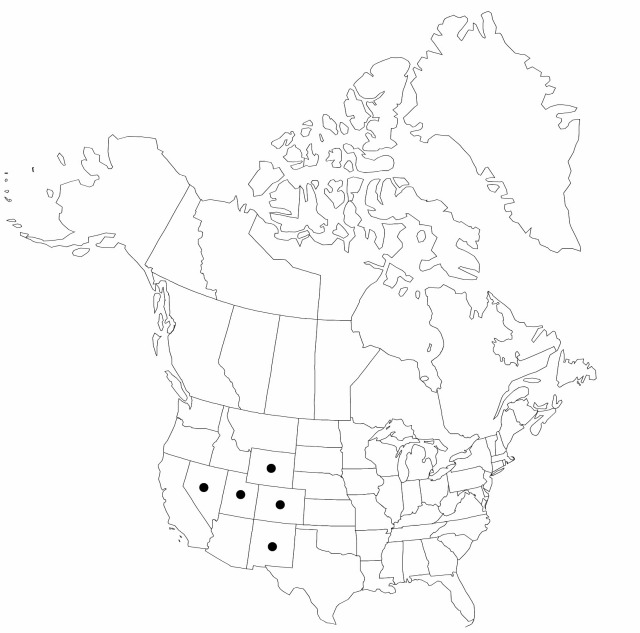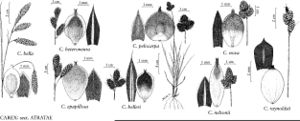Difference between revisions of "Carex nova"
J. Bot. 26: 322. 1888.
FNA>Volume Importer |
imported>Volume Importer |
||
| (One intermediate revision by the same user not shown) | |||
| Line 6: | Line 6: | ||
|place=26: 322. 1888 | |place=26: 322. 1888 | ||
|year=1888 | |year=1888 | ||
| + | }} | ||
| + | |special_status={{Treatment/ID/Special_status | ||
| + | |code=F | ||
| + | |label=Illustrated | ||
| + | }}{{Treatment/ID/Special_status | ||
| + | |code=E | ||
| + | |label=Endemic | ||
}} | }} | ||
|basionyms= | |basionyms= | ||
| Line 57: | Line 64: | ||
|publication title=J. Bot. | |publication title=J. Bot. | ||
|publication year=1888 | |publication year=1888 | ||
| − | |special status= | + | |special status=Illustrated;Endemic |
| − | |source xml=https:// | + | |source xml=https://bitbucket.org/aafc-mbb/fna-data-curation/src/2e0870ddd59836b60bcf96646a41e87ea5a5943a/coarse_grained_fna_xml/V23/V23_745.xml |
|genus=Carex | |genus=Carex | ||
|section=Carex sect. Racemosae | |section=Carex sect. Racemosae | ||
Latest revision as of 21:42, 5 November 2020
Plants cespitose. Culms 15–60 cm, proximally scabrous. Leaves 2.5–4 mm wide. Inflorescences: proximal bracts usually shorter than, sometimes equaling, occasionally exceeding, inflorescences; spikes spreading or erect, overlapping, contiguous, forming dense terminal cluster or, sometimes, proximal spikes separate, sessile, short-oblong, 7–12 × 6–10 mm; lateral 2–3 spikes pistillate; terminal spike gynecandrous. Pistillate scales dark brown or black, distal margins often hyaline, ovate or lanceolate, shorter than or as long and broad as pergynia, midvein same color as body, inconspicuous, apex acute. Perigynia ascending or spreading, pale yellow, dark brown or blackish with green or yellow-brown margins, veinless, ovate or, rarely, circular, 3–4 × 2–3 mm, apex abruptly beaked, papillose on distal margins and serrulate; beak 0.4–0.5 mm, shallowly or deeply bidentate, often serrulate. Achenes filling proximal 1/2 or less of perigynia.
Phenology: Fruiting Jun–Aug.
Habitat: Moist subalpine and alpine meadows, lake and stream margins
Elevation: 3000–3700 m
Distribution

Colo., Nev., N.Mex., Utah, Wyo.
Discussion
Carex nova is represented in Russia and Mongolia by the vicariant C. melanocephala Turczaninow.
Selected References
None.
